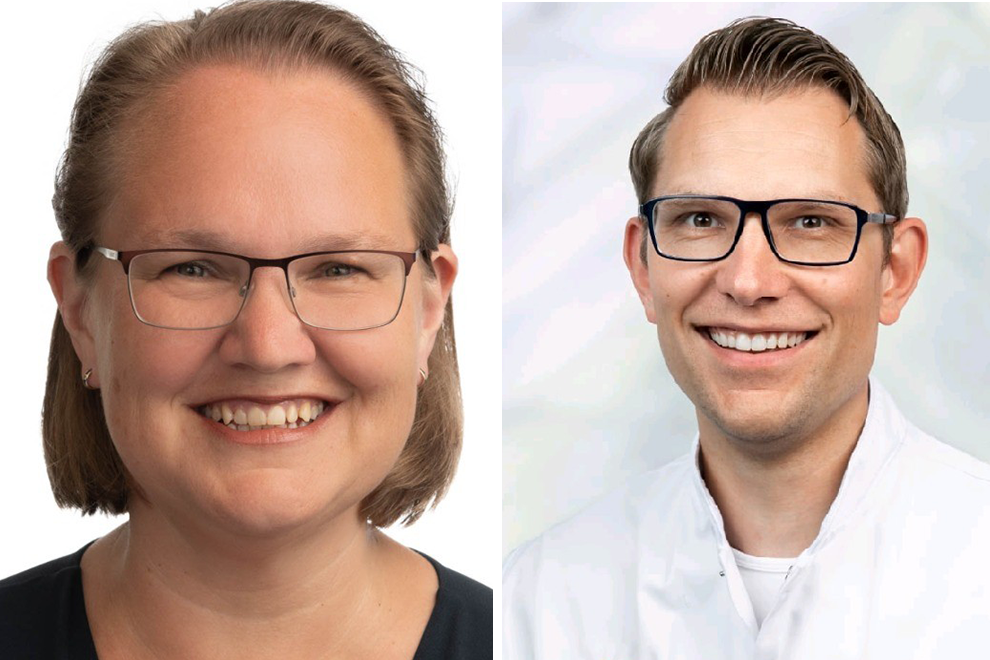As a knowledge center, Nictiz works with a range of stakeholders on data availability. For example with the nursing profession. How that works, Mia Martens and Arjen Wignand explain during Zorg & ict.
By Leendert Douma
Martens is data availability advisor at Nictiz, and Arjen Wignand, ICU nurse and CNIO at Amsterdam UMC. Needless to say, having up-to-date data in healthcare is vital. Properly capturing and making accessible information from various sources, for example, general practitioners, ambulances, laboratories, pharmacies or nurse checks, improves patient treatment, as well as research and quality registration. And citizens gain access and control over their health data.
But that data is currently trapped in separate information systems, and users are tied to the capabilities of their providers. To provide appropriate, value-driven care, health data must not only be available but also usable and accessible. How do you bring this about? Step by step, Martens and Wignand show.
eTransfer
Data sharing is a first step toward data availability. It starts on the shop floor. "Chief Nursing Information Officer is a bridge function. It was developed to better connect ICT applications in healthcare facilities to nursing and caring practice," Wignand explained. "When it comes to data exchange, the introduction of eOverdracht is a great example of the cooperation between Nictiz and the nurses at Amsterdam UMC."
eOverdracht is an initiative of CNIO network NL and V&VN with Nictiz and VWS. The eOverdracht information standard ensures unambiguous and complete transfer of nursing patient data, which means that care providers spend much less time. "But we're not just doing this in the hospital," Wignand emphasizes. "It's a sector-wide collaboration that also includes nursing and care homes, among others." And Nictiz is also active with eOverdracht in other sectors, Martens adds.
Snomed
Electronic transfer is based on Snomed as a standard, Arjen Wignand says. Here, too, is a step within a much larger strategy. Snomed is the international medical terminology system. it contains unique codes with standard terms and synonyms and hierarchical relationships and a semantic network of defining relationships. This is well suited for data analysis. In the Integral Care Agreement (IZA), parties again agreed on the Unity of Language.
Snomed should be the tool for that, but implementation is proceeding too slowly for Nictiz's liking. Shortly before Zorg & ict, the knowledge center released an advisory report for the implementation of Snomed throughout the Dutch healthcare system. The advice is to start in six sectors: medical specialist care, vvt, general practitioner care, paramedical care, mental health care and youth health care. Eventually, the use of Snomed should be mandatory throughout Dutch healthcare, Nictiz believes.
Implementation Advice
"The implementation advice raised quite a few questions among the nursing profession," Martens says. "But in the collaboration with Amsterdam UMC, we see that nurses are eager to think along with us. If they run into something, they contact us. then we sit down together to come up with solutions. That way we can benefit from each other and we get further step by step."












